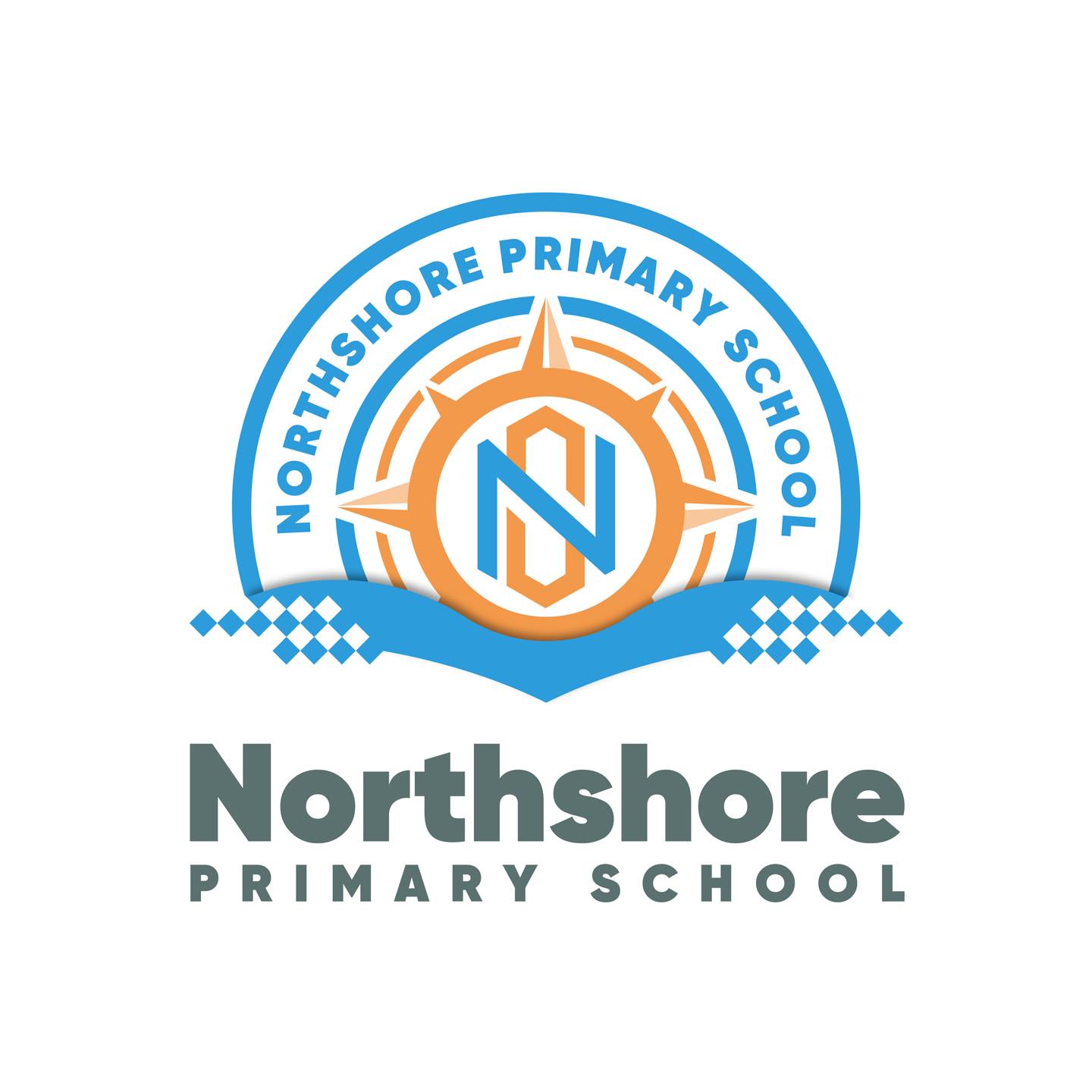Northshore Primary School

What Kind Of Curriculum Used In Northshore School?
Students should be able to think critically, show creativity and imagination, communicate effectively using multiple media, collaborate with others, and self-direct their lifelong learning to the school’s mission. They will have the necessary skills and knowledge to adapt what they have learned to new and unanticipated challenges and possibilities in Northshore Primary School. Students will also be holistically developed into citizens with the skills and heart to give back to their communities on SMART principles.
Approach to Curriculum in the Mother Tongue
At the lower elementary level, we emphasise the development of oracy abilities before learning to read and write. Listening activities (e.g., listening to a story narration, watching an animation or video) are followed by oral practises in real-life situations. Students are encouraged to employ the oral vocabulary and sentence structures that they have learned through interactive oral activities in Northshore Primary School, which aids in the development of foundational language abilities. Learning progresses from reading to oracy and writing as kids graduate to upper primary. Oral presentations will enhance reading activities, and writing tasks may precede oral activities that allow students vocally communicate thoughts before writing them down.
The Most Important Curriculum Approach for Maths
A significant curriculum technique in the teaching and learning of Math is the Concrete-Pictorial-Abstract (CPA) approach. The CPA approach generates learning opportunities by including students in the construction and co-construction of conceptual understanding using instructional aids such as manipulatives and digital technologies. As they progress through the stages of learning at Northshore, students become Active Learners, deepening Math skills and ideas. Students used manipulatives such as snap link cubes and paper cut-outs to engage in activity-based learning to compare numerals up to ten. To compare the numbers of the different-coloured cubes, students learned to utilise mathematical vocabulary such as more than, fewer than, and the same number.
Students use iPads to engage in activity-based learning.
Read On Board For English
Students can read school-loaned tale books from the National Library Board thanks to a partnership with the NLB. They will also have the opportunity to engage in various organised activities and borrow books from the NLB Mobile Library. Primary 1 pupils are required to read an English novel every other week from the moment they arrive at their classes until 7.30 a.m. for Silent Reading. During this read, whichever book wants. Students can also choose from various stories in the class library books. We seek to instil a love of reading and establish a self-directed and independent reading regimen.
CCE at Northshore
The School Vision and S.M.A.R.T ideals guide CCE at Northshore. (1S.M.A.R.T stands for Self-discipline, eMpathy, and Resilience.) Tenacity, Adaptability, and Respect). To develop Northshoreans, the school adopts a two-tier “2E” developmental and progressive strategy.
The “2E” method goes like this:
Engage (Tier 1):
Intentionally teach information, social-emotional skills, values, and attitudes to engage and develop them holistically.
Empower (Tier 2):
Empower students who have demonstrated a higher level of ability and interest to lead grassroots activities, participate actively in school programmes, and be a positive peer influence.











